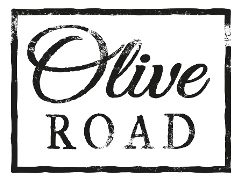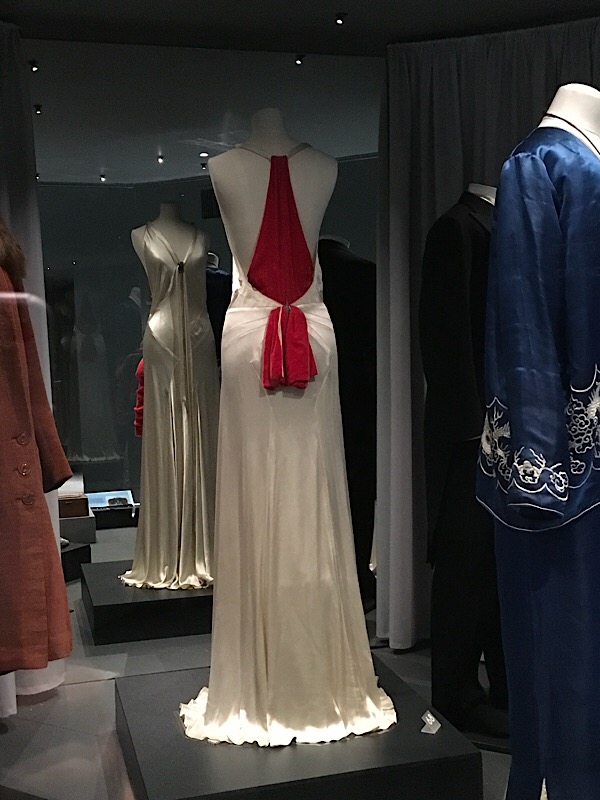
A review of the Fashion Museum, Bath from 2017. Ahead of the closure on 30 October 2022 ready for the museum to move to new premises.
The history of fashion always brings out the geek in me and the current exhibition at the Fashion Museum in Bath certainly had that effect. The current exhibition is advertised as a History of Fashion in 100 Objects but I would describe it as a whistle stop tour of the history of the world. The attire of our ancestors reflects what was happening in the world economically and socially and each garment, shoe and accessory has been carefully selected to represent a defining moment in time. For example, the 1840’s striped wool dress in the photo below, demonstrates the decade that saw the patent of the sewing machine submitted by Elias Howe. Or Christian Dior’s ‘New Look’ created in 1947, an outfit consisting of a wide shouldered jacket and a large ballooned skirt. It was both admired and criticised as the design used more than double the amount of fabric of utilitarian clothing from the same decade. British customers were still restricted by rationing but the revolutionary design represents the end of the austerity of World War II. Moving on, we reach the dizzy heights of the mini skirt and psychedelic prints of the 1960s, a symbol of a sexually liberated generation.
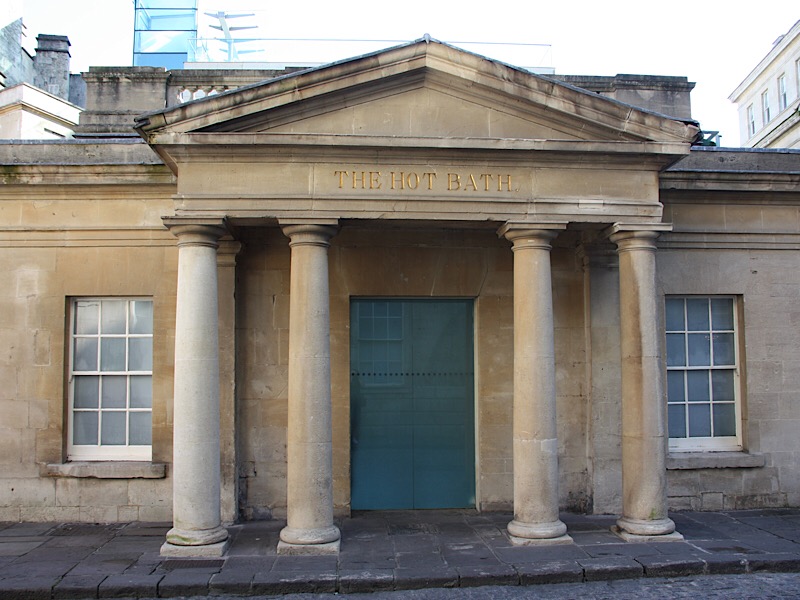
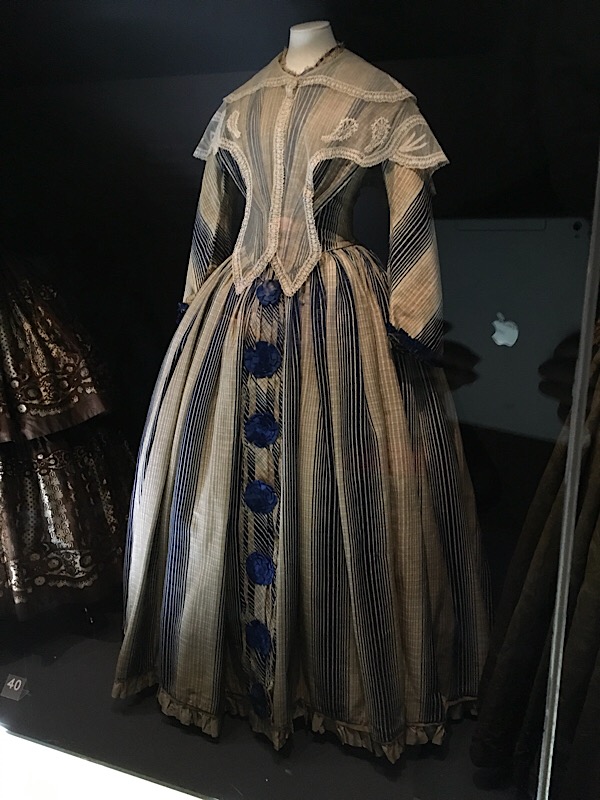

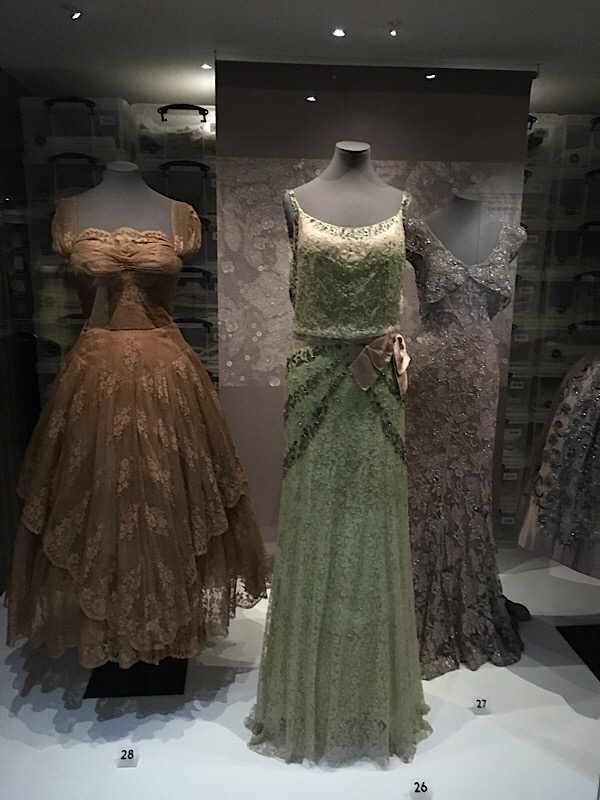
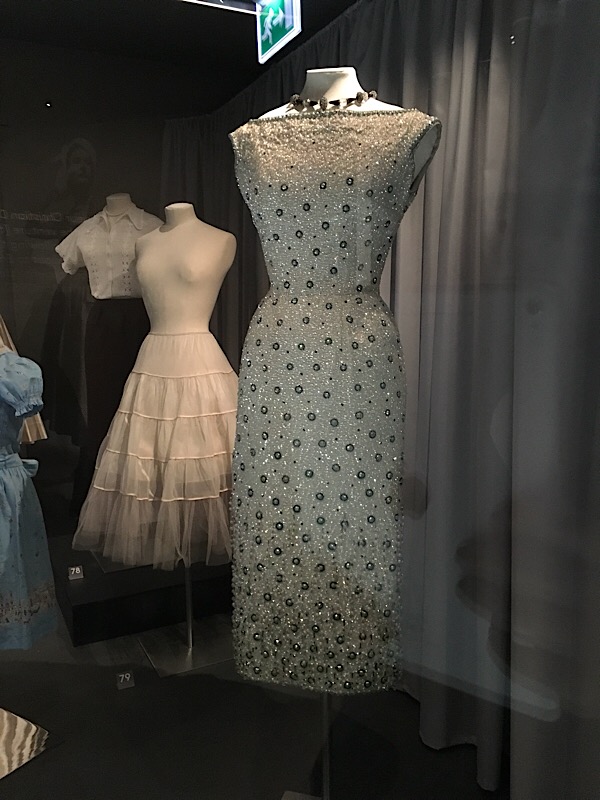
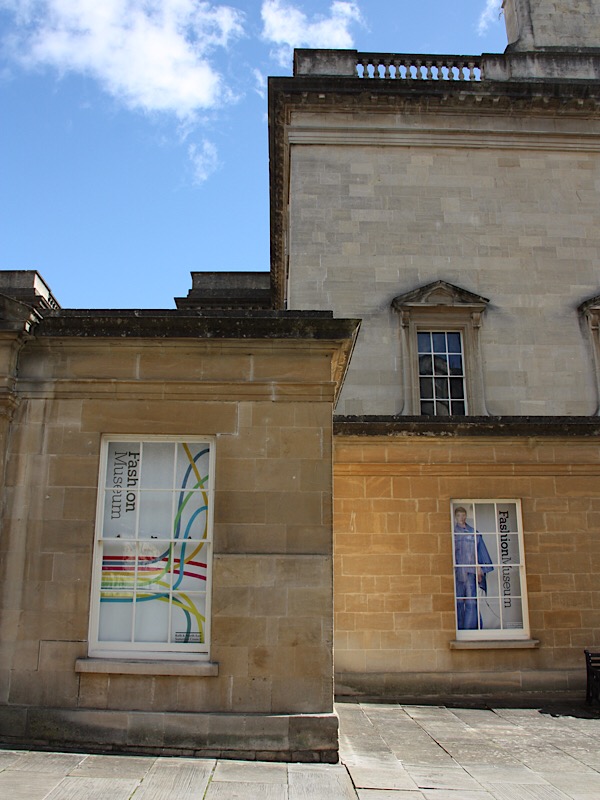
The Fashion museum, previously known as the Museum of Costume, was founded due to the generosity Doris Langley Moore who donated her collection to the city in 1963. It is housed in the Assembly Rooms not far from Nash’s Royal Crescent. The History of Fashion in 100 Objects is on until January 2019 ‘celebrating fashion from the 1600’s to the present day’. Half way through the exhibition is a detour into a sister exhibition, Lace in Fashion. It guides you from Lace’s intricate hand created beginnings to the technological advances of today.
I was lucky enough to stay at the award winning Gainsborough Hotel, a short walk from Bath Spa station. Champalimaud Design, based in New York, have managed to achieve the impossible task of creating a warm, welcoming and yet modern space in the Grade II listed building. The focus of the hotel is it’s ‘Spa Village‘ which makes the most of its adavantageous access to one of the city’s natural spa that provides the hotel’s pools with thermal mineral rich waters. A dip in one of the Spa Village thermal pools seemed to fizz away all the aches from spending too long at a desk. I now understood why the Romans, Georgians and Victorians flocked to the city to improve their health. A welcome plate of handmade truffles, a mixologist that devised a bespoke cocktail based on my favourite flavours and a restaurant serving seasonal and delicately flavoured food, the Gainsborough is on my list of favourite hotels! My stay in Bath was far too short and I left with a promise to return for a longer trip to the Georgian city.
The Museum will be closing the doors of it’s current venue, the Assembly Rooms, on 30th October 2022. They are moving to the Old Post Office in Bath but not for three to eight years according to their website. They are applying to become a charity and raise money for the move. Sign up to their newsletter for details on how to view their collections and archives whilst the museum is closed. Plus how you can support the move.
The Gainsborough hotel offer spa days and overnight packages when booked on their website. The featured image is of a 1930’s ball gown by Donguy of Paris.
